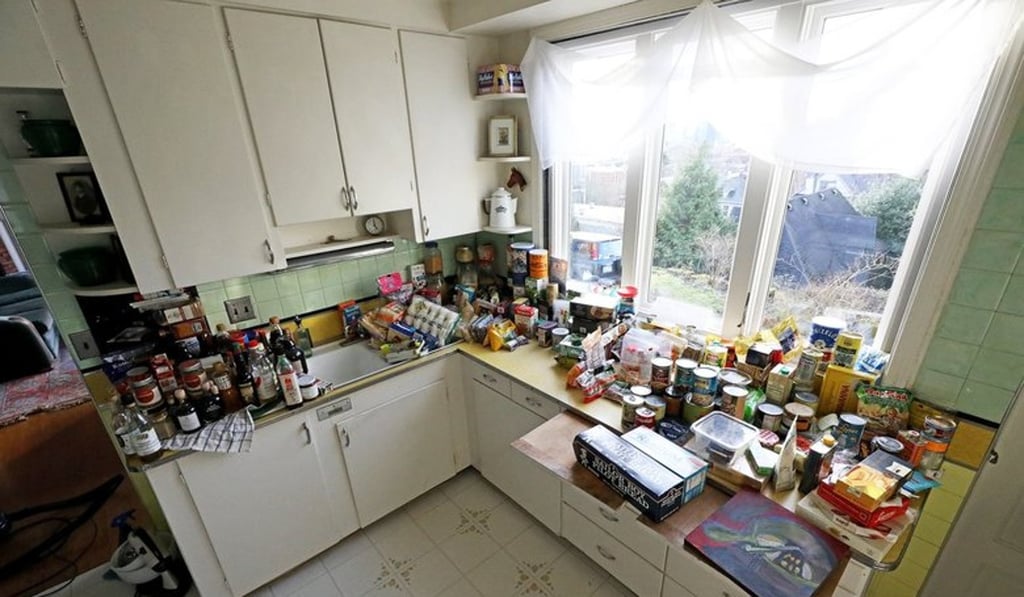Does Marie Kondo’ing the kitchen ‘spark joy’ for you?

Tidying up the pantry Netflix style with the help of a food-waste expert can be a liberating experience, writes Bethany Jean Clement
It was a lot worse than I thought.
A food writer’s pantry ought to be an orderly place, neat and tidy and carefully “curated”. Watching Marie Kondo’s hit Netflix series Tidying Up, I realised this just might be a bit of a problem for me. But the show felt more fascinating (other people have mountains of stuff) and soothing (Kondo’s endlessly calm, utterly joyful manner in the face of other people’s mountains of stuff) than inspiring.
Until the last episode, that is, when Kondo declared during a kitchen purging that anything past the expiry date should be thrown out. I could pretty much hear Seattle food-waste expert Jill Lightner’s head exploding. What if we Kondo’d my kitchen together, also deploying Lightner’s encyclopedic knowledge of what is really still all right to eat – or donate to a food bank? (And what about composting?)
My two cupboards – big and deep ones, pretty much unculled for, oh, 10 years – turned out to be a clown car of neglected canned goods, the world’s largest private collection of balsamic vinegar and a lot of pasta. So much pasta.

So, on a recent afternoon, in accordance with Kondo’s organisational method, Lightner and I disgorged the contents of the larder onto the kitchen counter for sorting. Kondo would have been clapping her hands with glee (“I love mess”). The cupboards had been cluttered, sure, but functional – everything had its place, which Lightner forgivingly termed “like a personalised Dewey Decimal System.” But, then, this can of corn: How did it even get here? Nothing against canned corn, but it’s not something we use. It definitely did not “spark joy”, as per Kondo’s keep-it-or-toss-it litmus test.
Smell your flour – it should be fine unless it has absorbed other odours. The cornmeal from my cupboard had the faintest corny scent – and that is what you are looking for
But what truly does not spark joy for Lightner is the amount of food that the United States squanders while some go hungry – an estimated US$1,500-plus worth per household annually. It troubles her so much, she recently wrote a book about it: Scraps, Peels, and Stems: Recipes and Tips for Rethinking Food Waste at Home. Kondo’s dictate that anything past the expiry or best-by date should be tossed (after, of course, ceremonially thanking it) is anathema to her. “I have a grudge against date stamps,” Lightner said before we got started, “because most of them are bulls***”. Baby milk formula is the only food in the US that is legally required to bear a date; the rest are not set in stone, but rather by manufacturers who want to sell more food.